Battle of Radymno. First round
Bridgehead at Radymno
Taking defense on the line r. San, the troops of the Russian Southwestern Front equipped several bridgeheads on the left bank of this river. One of them is at Radymno. The bridgehead was part of the combat section of the 21 Army Corps 3 (and from May 3 on 8) the army of the South-Western Front (see Final of the Battle of Yaroslav. Will we hold on to Sana'a? ; The struggle for the initiative in the battle of Yaroslav. Two counterattacks ; The apogee of the 1915 battle of the year near Yaroslav. Canceled order of Radko-Dmitriev ; Heavy May Day under Yaroslav ; Battle of Yaroslav. Key position of the Third Army ; Battle of a Polish city with a Russian name. CH 1. Bridgehead at Yaroslav).
The bridgehead of Radymno held a special place in the calculations of the Russian command. Firstly, the bridgehead near Yaroslav without the support of Radymno could not successfully withstand the onslaught of the enemy, and secondly, it was of paramount importance in the defense of the Przemysl fortress. Thus, the head of the engineering service of the fortress, 29, was already reporting on 1915 on April: “Przemysl’s attack with open force is unavailable. A fresh corps from the 8 Army, pushed into the Przemysl interval (Dunkovichki fort), Radymno, could put an end to the enemy’s advance. ” The commander of the 12 Army Corps, General of Infantry L.V. (P.) Lesh, considered it necessary to keep a bridgehead between Radymno and Przemyshl - to deliver a future flanking blow to the enemy.
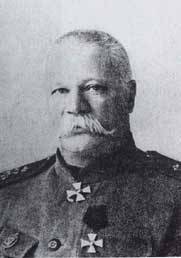
April 30 The 21 Corps "took up the fortifications of the Radymne Tote de Pona (bridgehead - i.e. bridgehead - AO.) at Tuchenpa, at the mark of 202 and the southern tip of the village. ... the gap between the left flank of the bridge position at Yaroslav and the right at the position of Radymno will be in 4 versts under actual artillery fire. " The very position of Radymno “turned out to be strong in local properties, but all the former fortifications on it have already been destroyed (smelt). Everything is created anew, for which emergency measures are taken, but time is needed. ”
The bridgehead at Radymno was closely associated with the bridgehead at Senyavy. The document describes the state of these positions by the beginning of May 1915, Mr .: “The position of Tuchenpa, Zamojsze is formed by the fortifications of tet-de-pon at Radymno, which, according to detailed exploration, was in good condition ... Tet-de-pon at Radymno consists of individual ring and simple field-type trenches (bypass 12 versts), constituting, as it were, the skeleton of a good field position. Two of the aforementioned trenches are surrounded by wire barriers, some of these fortifications are redone from former Austrian trenches and have a developed network of communication lines and rear (filling) trenches; the terrain in the rear of the position (north of the Ostrov line, Radymno) is closed, the whole is fossilized by both us and the Austrians during the October forcing of Sana (that is, during the fighting during the Warsaw-Ivangorod operation 1914. - A.O.) and has a significant number of shelters for both reserves and batteries. Shelling ahead of the position is good, although in the hands of the enemy there will be commanders of the height position.
In general, tete-de-pon y Radymno represents a well-planned, but not fully developed field position.
... Tet-de-pon at Senyavy, carried just a mile ahead of the bridge, consists of several lunettes and trenches of a strong profile with well-preserved wire obstacles and with weak dugouts (sheets of corrugated iron covered with earth), shelling from a satisfactory position. The area south of Senyavsky Tet de Pon on the left bank of San is all dug in during the October fights (Tet de Pon at Monastergus), the trenches have good shelling and present some benefits for active defense, but are commanded from heights south of the village of Pelkine .
In general, the tet-de-ponies described are reduced to a field inter-bridge intermittent position, partly fortified and intended (Sieniawa, Radymno), partly completely undeveloped (Yaroslav) ”.
The positions of Radymno and Senyava differed for the better from the Yaroslavl bridgehead, which largely predetermined the fact that they remained in the hands of the Russian troops when Yaroslav had already lost the bridgehead.
The commander of the 3 Army, General of Infantry R. D. Radko-Dmitriev, on May 10, reported to the command of the South-Western Front: “... I also consider it necessary for the good of Russia to maintain the Radymnenskaya position. Acting in conjunction with the garrison of the fortress, with my active actions, I fully expect to keep the bridgehead between Radymno and Przemysl in my hands for the future of our strike into the enemy’s flank. "
During the battles of Yaroslav 1 - 7 in May 1915, the Radimen position was important in the course of the battles. She shackled a significant number of enemy troops, and on May 6, during the general offensive of the 3 Army, the 21 Army Corps of the Infantry General Ya. F. Shkinsky advanced from the Radymnensky bridgehead along the left bank. San flank the enemy, located on the Yaroslavl direction.
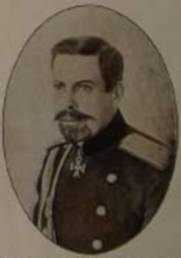
After the end of the fighting, Yaroslav had a lull, during which the enemy was preparing to continue the offensive on the r. Sun, switching the focus from 3 to the 8 army of the South-Western Front. The main goal of the Austro-German command is to fully master the r. San
The first strike of the Austro-Germans
8 - On May 11, the enemy concentrated the main efforts on the Russian springboard at Radymno - striking the right-flank corps of the 8 Army - the 21 Army. The German 41 reserve corps operated at Radymno-Buchov, the German Guards and Austrian 6 th army corps on the front of Tuchenpa-Makovisko-Bobrovka-Kalnikov, the German Combined Corps was in Radymno in reserve.
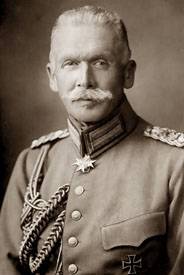
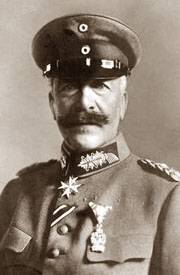
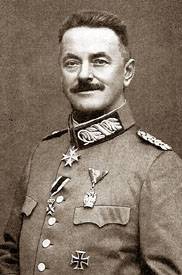
A Russian artillery officer, recalling the first day of the fighting, wrote that the name of the small Galician village “Radymno” would forever remain in the memory of each participant of the fighting. Eyewitnesses were waiting for pictures, from which the blood had cooled in their veins and nerves were strained to the extreme. Behind the river San, the artilleryman recalled, it was seen Radymno, who had concentrated the main forces and almost all the artillery that made up the artillery "tete de pon" behind San. The escape route is the only small wooden bridge. Russian troops occupied the plain with rare settlements scattered on it. The place is open, and each movement was observed by the enemy - several times superior to the Russians in numbers and having a huge amount of heavy artillery of various systems and calibers that were in excellent positions in the foothills.
The offensive of the enemy began on the morning of May 8. The Russian positions at Radymno were shrouded in clouds of black and white smoke, resembling the sea. In time with the onset of innumerable chains, Austro-Germans, who were rapidly attacking in the direction of Radymno, the smoke shroud swirled, then retreated, then spread with a white thick cover against the oncoming one.
But the advancing chains are already covered with the smoke of Russian shells. They seem to dive in the smoke, periodically disappearing from sight. The slain fall in masses and sink into the boiling abyss. The earth trembles from the continuous roar of more than a thousand guns, from countless ruptures and howl fragments, cutting the air. The position of the 6 battery, beating on the flank of the Austro-Germans attacking Radymno, is completely open.
German artillery opened hurricane fire on the squares - covering the combat section of the 21 Army Corps. The enemy infantry under the cover of barrage launched an offensive. An eyewitness recalled how German shells buzzed in the air - moving in all directions. In ever-increasing numbers, they covered the area occupied by the Russian corps with solid steel and lead hail. The crash of breaks, howl of fragments and the whistle of bullets merged into a single, terrible, endless sound. Gradually, the sun disappeared in the smoke - the last clouded ground and the sky, and a colossal black cloud that was pierced only by endless lightning gaps, painting clouds of smoke in a bloody crimson-red hue.
The first attack from Radymno was repelled by Russian troops.
To be continued ...
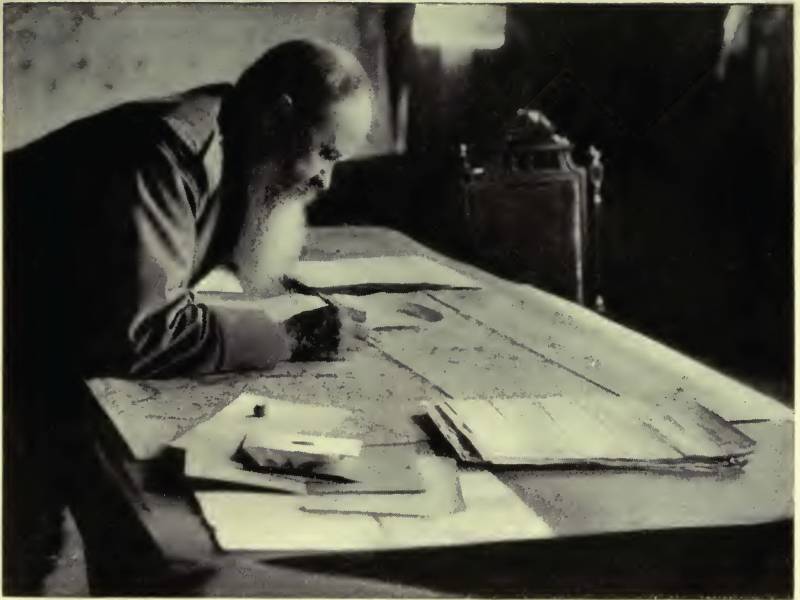
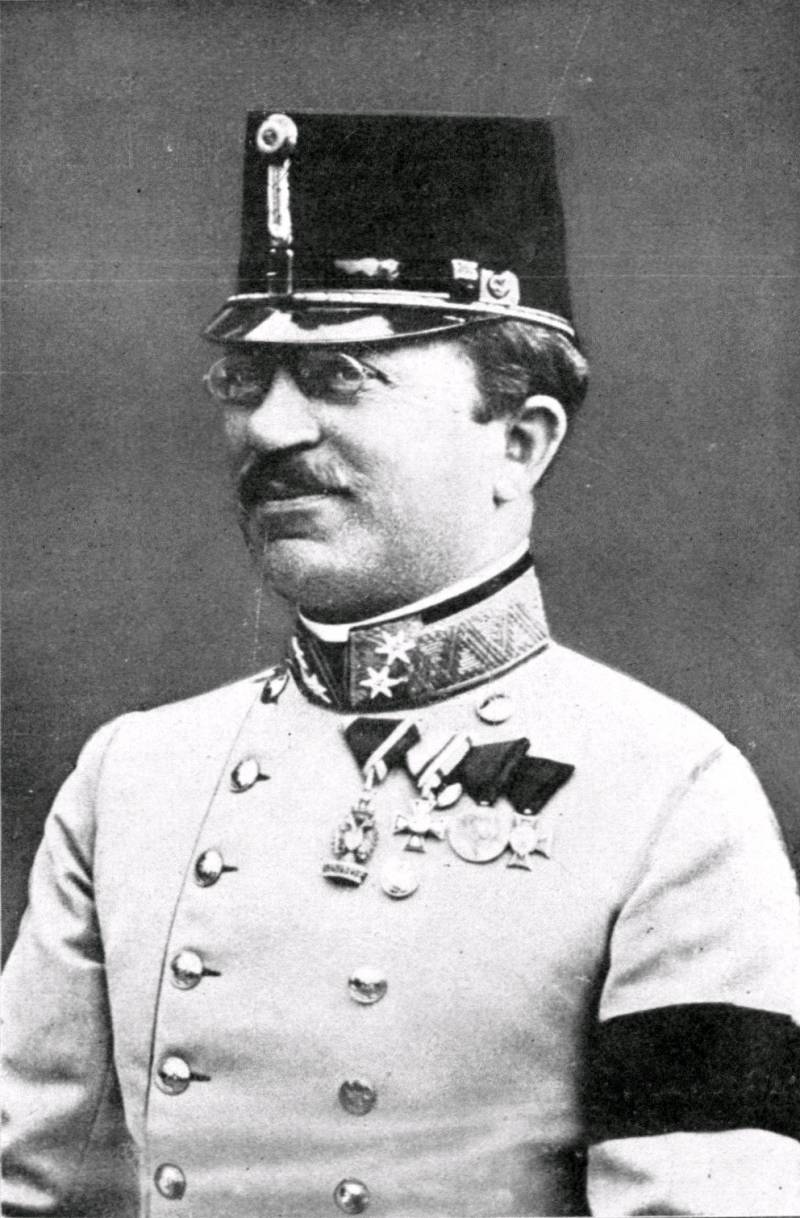
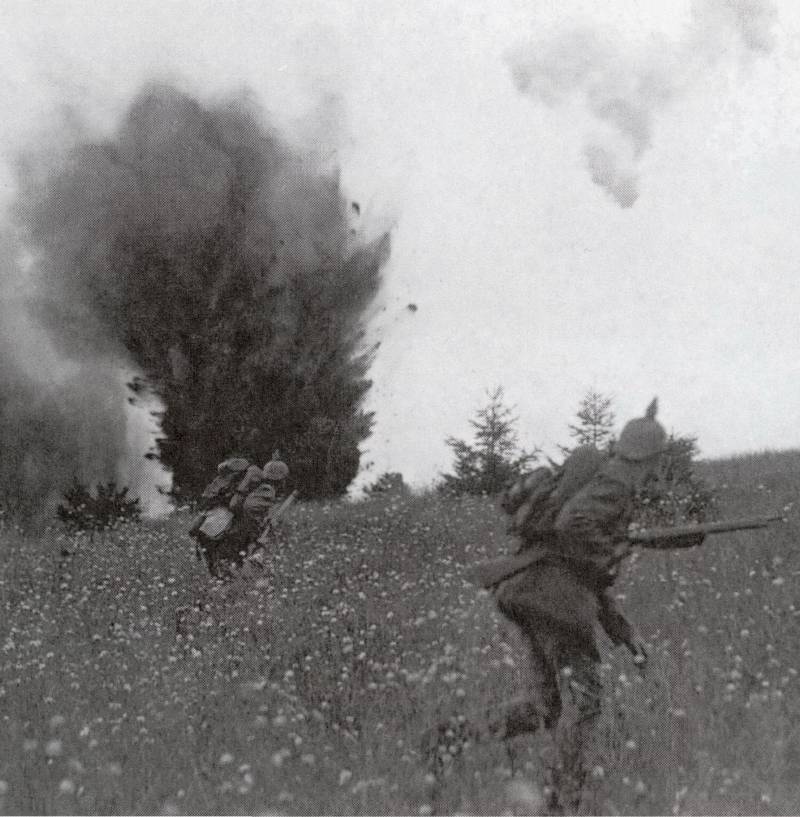
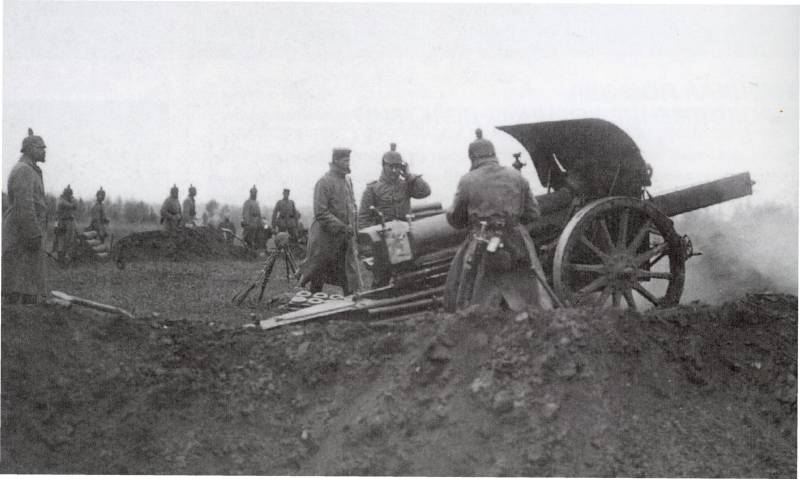
Information